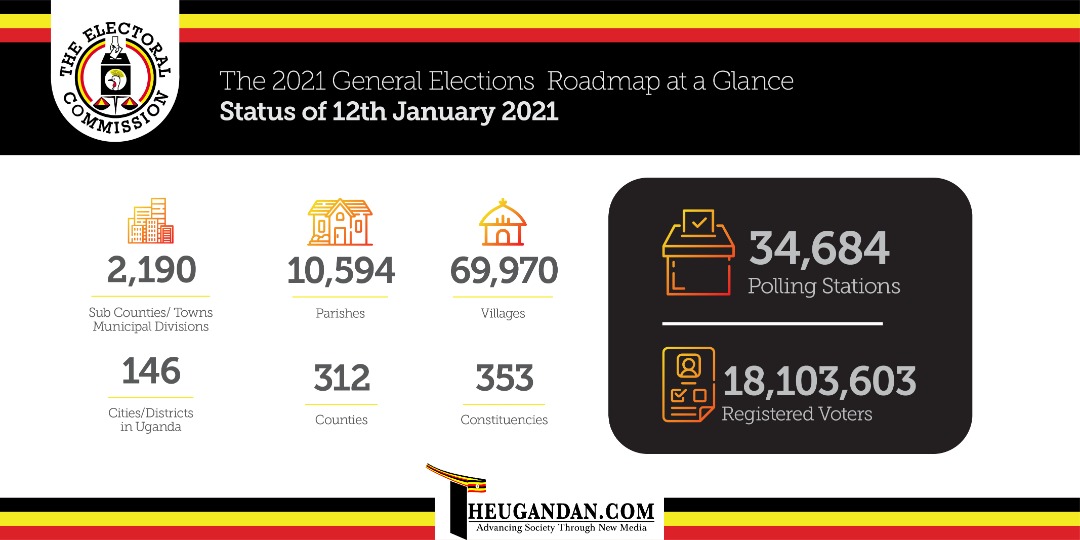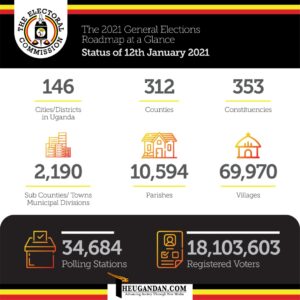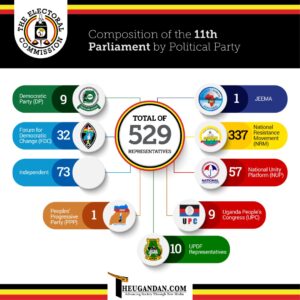By Rebecca Alowo
“Climate change is the greatest market failure the world has ever seen” (Stern Review, 2006)
It is also clear that carbon-dioxide emission and poor land management are significant contributors to climate change effects. We can do something by improving value that is- lower cost, more performance, reduced carbondioxide emissions and increased proper land use management in decisions these days. Innovatively carbon-dioxide reduction needs to be incorporated into our daily lives for carbon neutral outcomes decreases with elaborate progression. The initiatives with the climate change signal the importance of climate change issues in ensuring a sustainable future with regard to environmental degradation.
The construction industry is a big generator of carbondioxide. Through lean construction, emphasis has to be placed on identification of a range of possible technical options in this industry which reduce emissions. One way has always been to regulate pollution and environmental aspects like wastage that affect the present and future.
It is said that during the Covid 19 lockdown of the construction industry, the following emissions significantly reduced:
- Emissions from initial construction process.
- Emissions from the maintenance and renewal.
- Emissions from direct and indirect energy use (pump house and various mechanical moving parts).
- Emissions from treatment processes.
- Optional emissions (e.g. chemical used for treatment, changes in volume of water abstracted, treated , supplied, changes in flows and loads of sewage collected and treated, sludge deposits, catchments management activities).
- Excluded emissions. (Home water harvesting, customer water recycling or rainwater harvesting investment, emissions downstream from effluent discharges).
A more accurate definition of the embodied carbon emissions for a constructed asset includes not only the emissions associated with the, materials and manufactured components used but also the emissions associated with the onsite construction of the asset and the offsite disposal of any waste. Bearing in mind the economic view on climate change, regulators have to be intent on bringing the externality cost from carbon emissions into investment decisions.
Companies can estimate and use the carbon-dioxide equivalent of its investment options in its cost benefit analysis work. The costs of both embodied carbon emissions (in construction) and operational carbon emissions need to be combined in the net present value terms during their evaluations as part of the benefits considered to inform investment decisions. Remember all infrastructure assets generate carbon emissions, during construction, operation and maintenance.
The Eco builders and green developers have to develop and use a range of carbon accounting tools to assist carbon emission assessments, investment appraisals and project solution selections.
Rebecca Alowo is a DEng student at Central University of Technology Free State South Africa. The writer also works as a Senior Consultant Research Studies at Quantum Executive Education.












